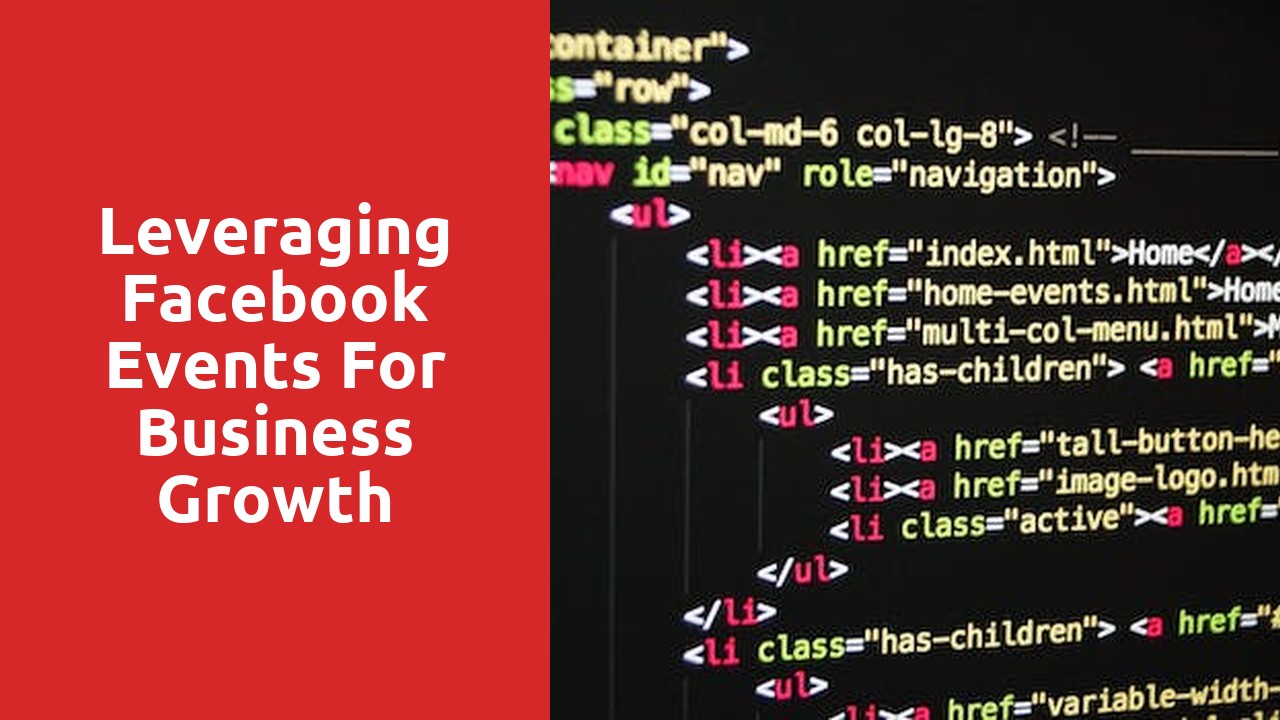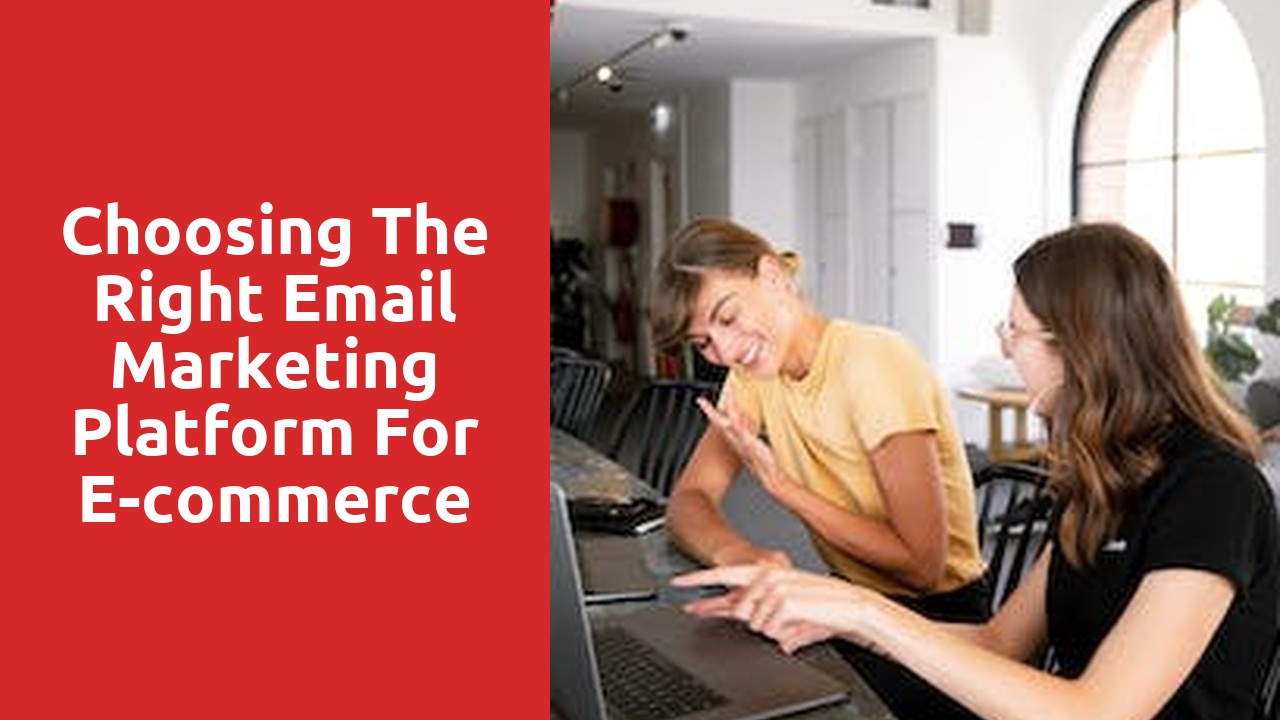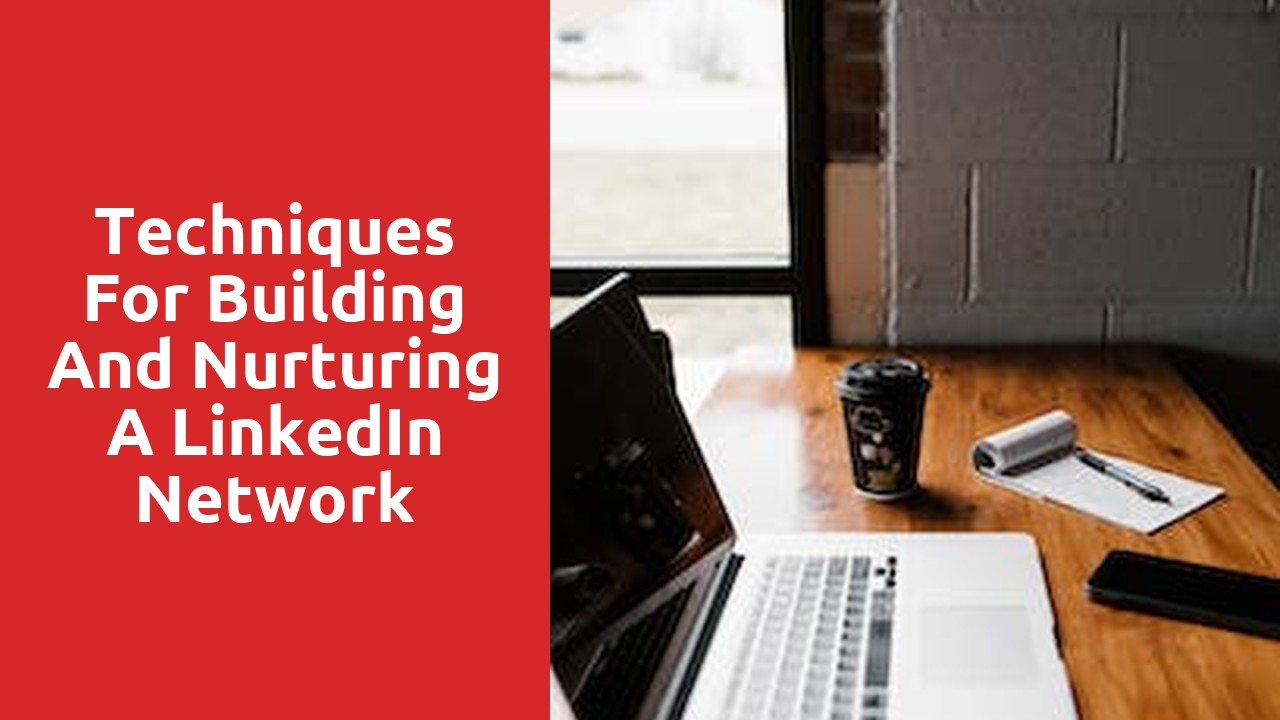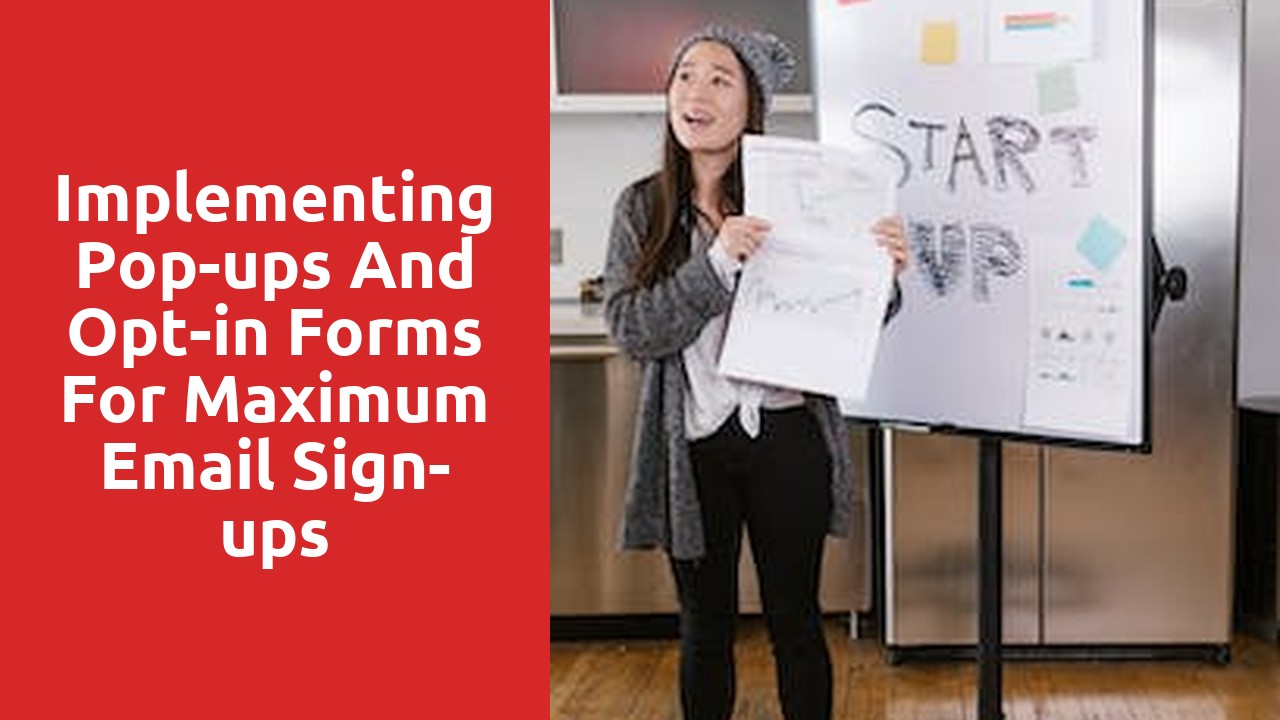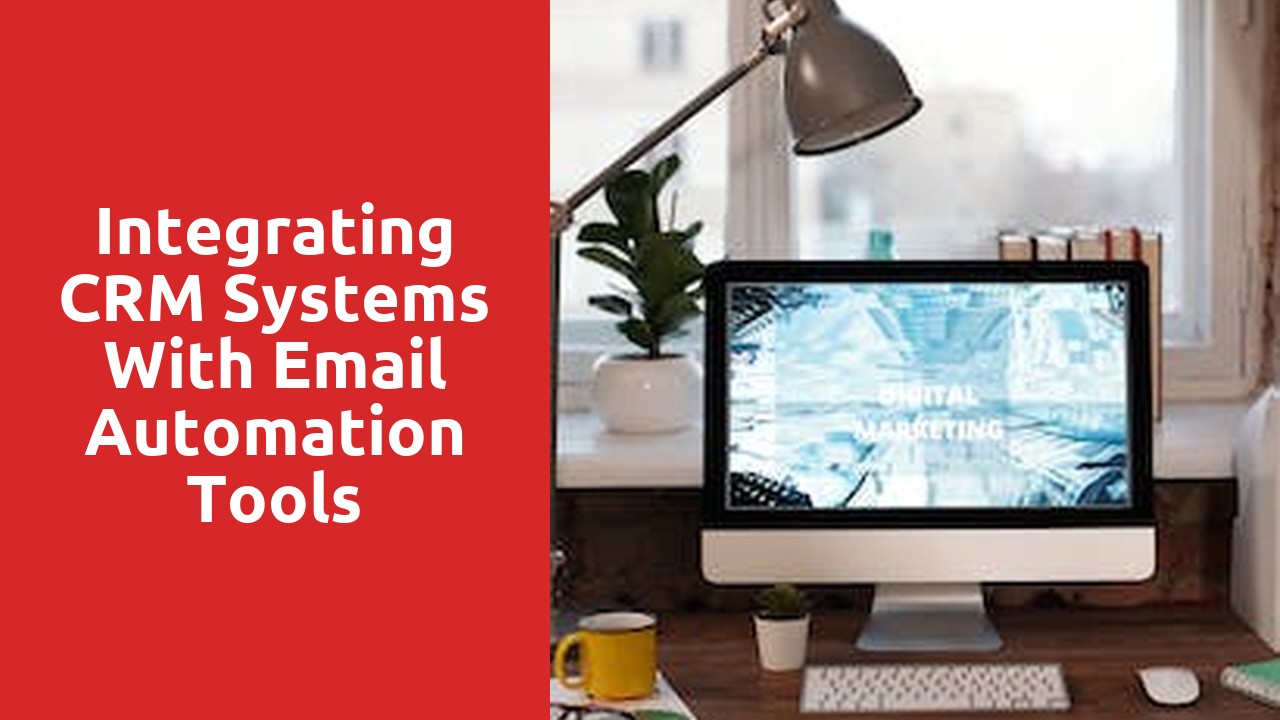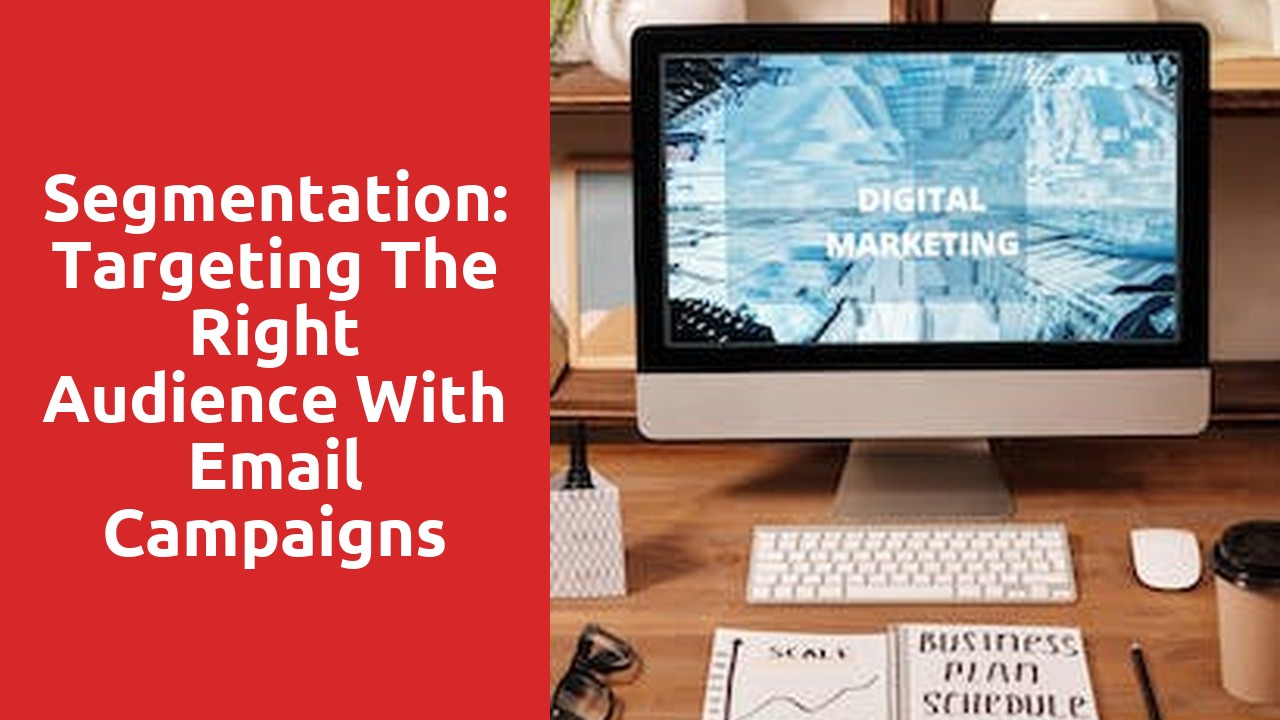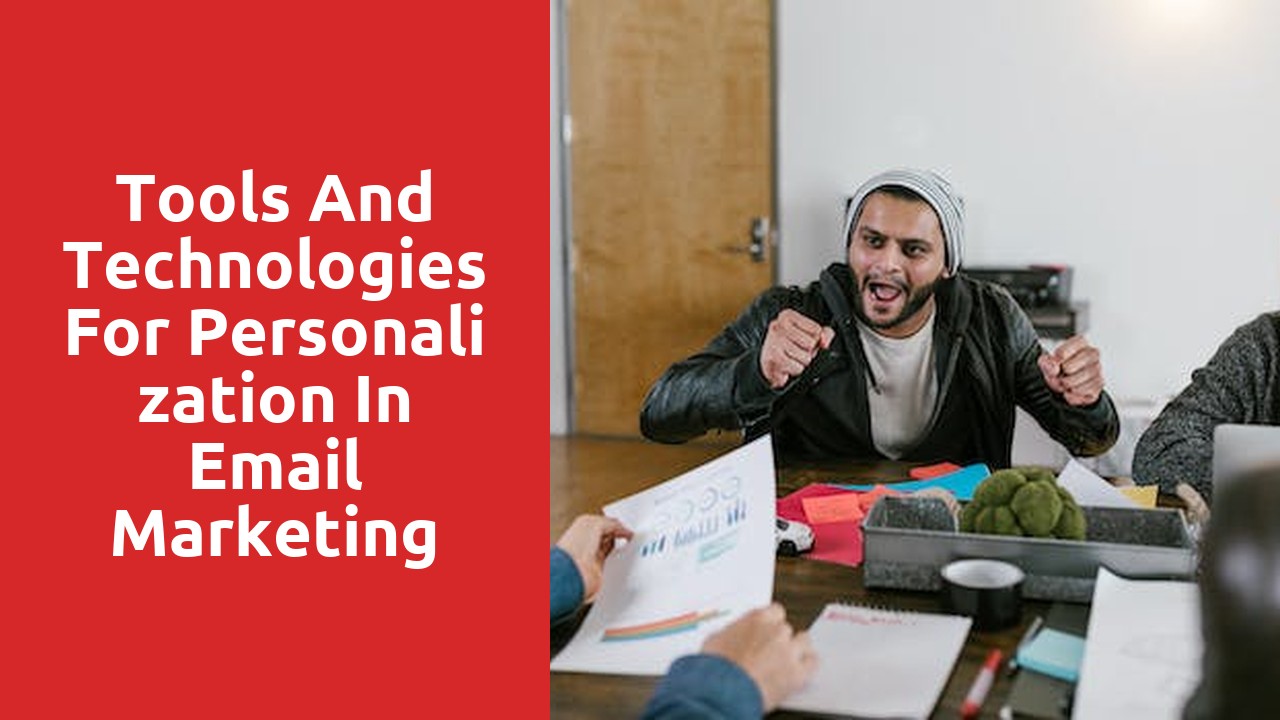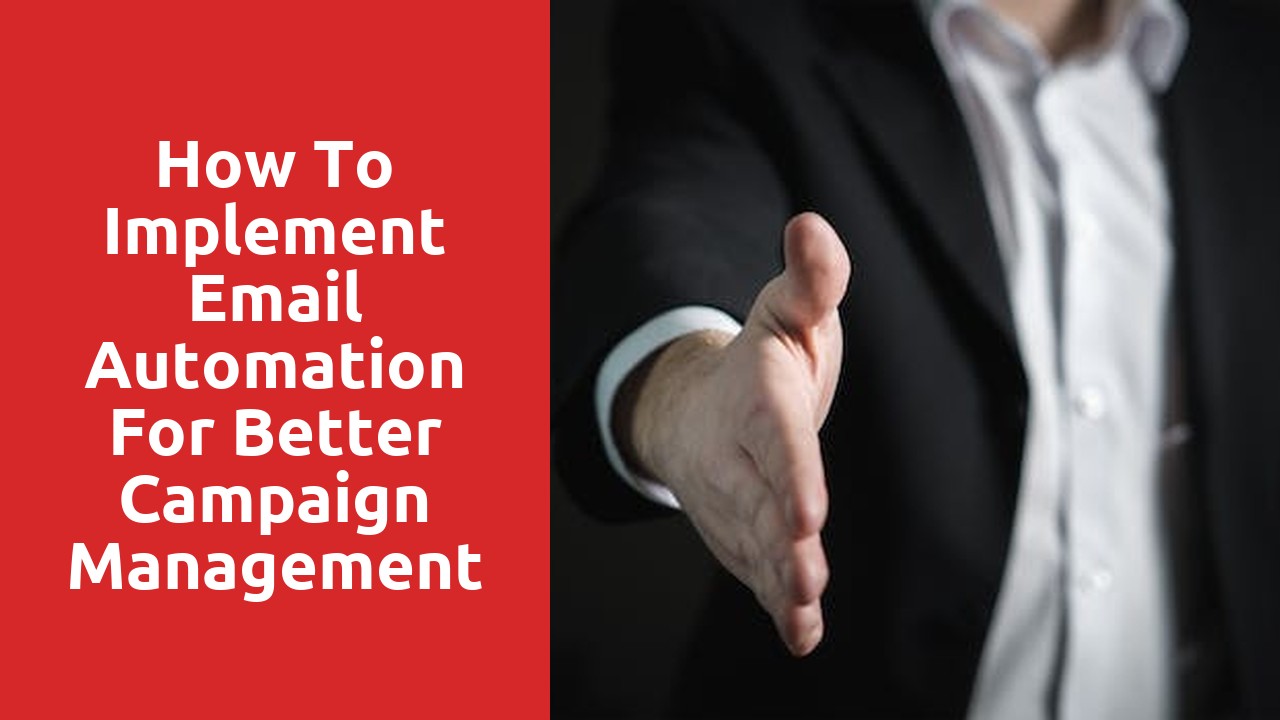The Power of Email Marketing: Boosting Your Business with Pop-ups and Opt-in Forms
Pop-ups and opt-in forms have become essential tools for businesses looking to effectively engage with their audience and boost their brand. With email marketing still holding its power as one of the most effective marketing channels, these tools provide a valuable way to grow your email list and communicate directly with potential customers.
Pop-ups, when strategically implemented, can capture visitors’ attention and encourage them to take action. By offering something of value, such as a discount code or a free resource, businesses can entice visitors to provide their email address and opt-in to their mailing list. This not only helps build a strong subscriber base but also enables businesses to nurture relationships with their audience and send tailored promotions and updates. Likewise, opt-in forms embedded within websites or landing pages give visitors an easy way to subscribe and stay informed about the latest offerings. By making the process seamless and user-friendly, businesses can improve their conversion rates and ultimately drive more sales.
Understanding the Psychology Behind Effective Pop-ups and Opt-in Forms
The use of pop-ups and opt-in forms on websites has become a common marketing strategy in today’s digital age. While some may find them annoying or intrusive, there is no denying their effectiveness when correctly implemented. Understanding the psychology behind why these tools work is essential for marketers and website owners who want to improve their conversion rates and engage their audience.
One reason why pop-ups and opt-in forms are effective is due to the principle of scarcity. By presenting users with limited-time offers or exclusive deals, these tools create a sense of urgency and FOMO (fear of missing out). Humans are naturally inclined to want what they can’t have, and this psychological trigger plays a significant role in motivating users to take action. Whether it’s subscribing to a newsletter, making a purchase, or signing up for a free trial, the fear of missing out on a valuable opportunity often prompts users to provide their contact information willingly. This approach taps into our innate desire to gain access to something exclusive, boosting the number of conversions for businesses.
Crafting Compelling Offers to Encourage Email Sign-ups
If you want to build a successful email list, crafting compelling offers is essential. Your potential subscribers need to see the value in providing their email address, so it’s important to give them something in return. One effective approach is to offer a free guide or e-book that provides valuable information or solves a problem for your target audience. By offering exclusive content that they can’t find elsewhere, you’re giving them a reason to sign up and stay engaged with your emails.
Another strategy is to offer a discount or special promotion for new subscribers. People often appreciate a good deal, so enticing them with a limited-time offer can be a powerful motivator. Whether it’s a percentage off their first purchase or a free gift with their subscription, make sure your offer is compelling and relevant to your target audience. Keep in mind that the goal is not just to get them to sign up, but also to nurture a long-term relationship through your email communications.
Designing Aesthetically Pleasing Pop-ups and Opt-in Forms that Grab Attention
When it comes to designing aesthetically pleasing pop-ups and opt-in forms that grab attention, there are several key factors to consider. First and foremost, the design should be visually appealing and aligned with your brand’s overall aesthetic. This means using complementary colors, fonts, and imagery that reflect your brand’s personality and values. Additionally, it’s important to strike a balance between being eye-catching and not overly intrusive. The pop-up or form should be noticeable enough to grab attention, but not so obtrusive that it interrupts the user’s browsing experience.
Another important aspect of designing effective pop-ups and opt-in forms is the placement. It’s crucial to strategically position the pop-up or form on the website or landing page where it is most likely to be seen. This could be in the center of the page, at the end of an article, or as a sticky bar that stays visible as the user scrolls. By placing the pop-up or form in a high-visibility location, you increase the chances of capturing the attention of your website visitors and encouraging them to take the desired action.
In conclusion, designing aesthetically pleasing pop-ups and opt-in forms that grab attention requires careful consideration of the visual elements and placement. By creating an appealing design that reflects your brand’s aesthetic and positioning it strategically, you can increase engagement and ultimately drive more conversions on your website.
Placement Matters: Strategic Locations for Maximum Impact
Effective placement is crucial for achieving maximum impact in any setting. Whether it be a retail store, an advertisement, or even a piece of art, the strategic placement can significantly influence the way it is perceived and received by the audience. Therefore, understanding the psychology behind placement is key to capturing attention and creating a memorable experience.
The first consideration in strategic placement is visibility. It is essential to position an item or message in a location where it will catch the eyes of the intended audience. For retailers, this means placing popular or high-demand products at eye level, while less popular items can be relegated to lower shelves. In the world of advertising, billboards and posters need to be placed in high-traffic areas where they can be easily seen by pedestrians or motorists. By strategically placing an item or message in a visible location, the chances of engaging potential consumers are significantly increased.
Timing is Everything: When to Display Pop-ups and Opt-in Forms
Pop-ups and opt-in forms have become an integral part of online marketing strategies. They are designed to capture the attention of visitors and encourage them to take a desired action, whether it’s subscribing to a newsletter, making a purchase, or providing their contact information. However, timing is crucial when it comes to displaying these elements on a website.
One important factor to consider is the user experience. Interrupting visitors with a pop-up as soon as they land on a website can be irritating and lead to a high bounce rate. It is essential to find the right balance between capturing leads and not overwhelming users with unnecessary distractions. A good practice is to wait for visitors to engage with the content before triggering a pop-up. This could be after they have scrolled a certain percentage of the page or spent a specific amount of time on the site. This ensures that the pop-up is presented when the visitor is more likely to find it relevant and useful, increasing the chances of conversion.
Another factor to consider is the context in which the pop-up or opt-in form is displayed. It should align with the content the visitor is consuming or the specific page they are on. For example, if a visitor is reading a blog post about email marketing, it would be appropriate to display a pop-up offering a free email marketing guide. This targeted approach enhances the user experience and increases the likelihood of the visitor engaging with the pop-up. In contrast, a generic pop-up that appears on every page might not resonate with the visitor and could lead to frustration or annoyance.
